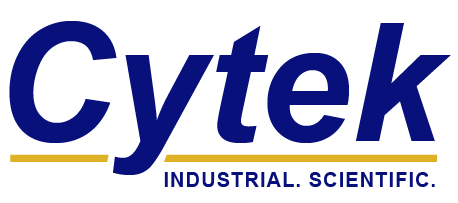
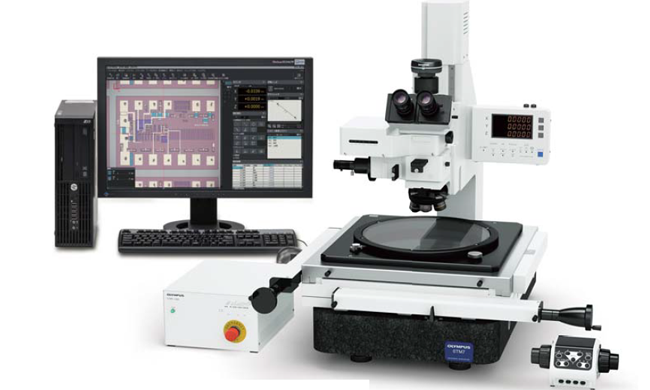
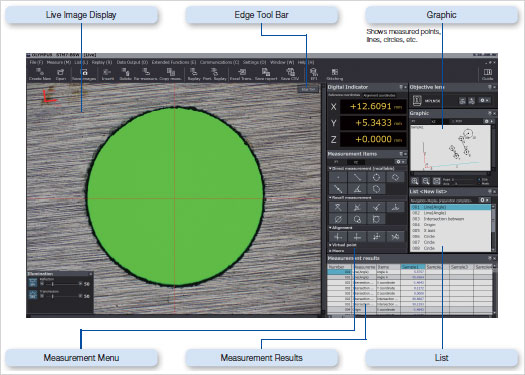
Direct Measurement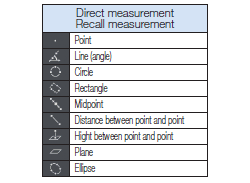
Measurements are made by receiving coordinates input via STM7.
RecallMeasurement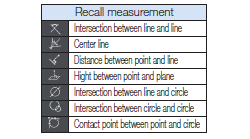
Once measured and calculated, coordinates can be used again for subsequent measurements. This eliminates the need to carry out the same work twice, enabling a smoother and more effi cient workflow
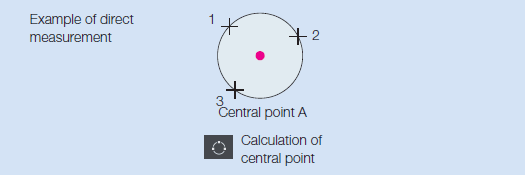
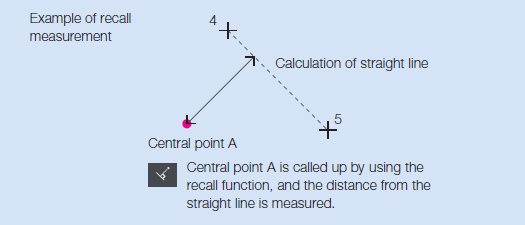
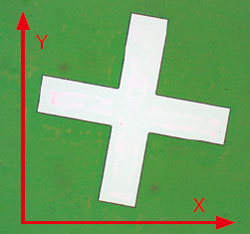 Original Axis |
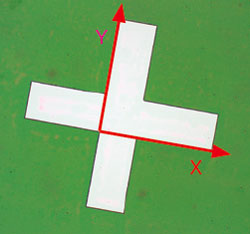 New Axis |
Conventional measuring microscopes measure the XY plane directly from above. However in response to user demands, Olympus has incorporated an XZ plane measurement function in the STM7-BSW to enable the measurement of crosssections as seen from the side. Now measurements that used to be diffi cult are much easier—such as radius measurements for vertical sections of hemispherical objects, or measurement of the depths of grooves with curved bases compared to a reference line.
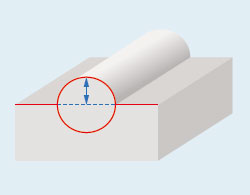 R measurement of a hemispherical sample |
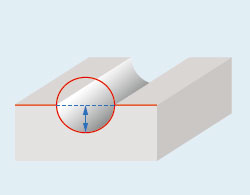 Height measurement of a groove from its base and the reference line |
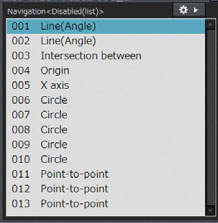
Replay Measurement
Measurements can be easily repeated based on a recorded workflow by simply inputting the movement of the stage and the coordinates in response to a software prompt. This function can be used to repeatedly carry out the same measurement on the same sample, or diff erent versions of the same sample.
Furthermore, if a set value and tolerance are set in the recorded workfl ow, the software can automatically identify when a measurement has failed.
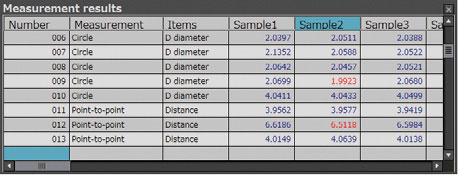
 Automatic Edge Detection Inside The Circle
Automatic Edge Detection Inside The Circle
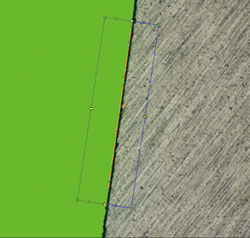 Multiple Points Automatic Edge Detection
Multiple Points Automatic Edge Detection
Automatic Edge Detection
This function detects the edges of the sample and automatically acquires and measures its coordinates. As a result, operators no longer need to designate the coordinates and subjectivity is minimized. Automatic Edge Detection also features a timer function that enables coordinates to be acquired in a specified time and supports the use of a foot switch that enables the operator to focus on measurement operations without taking his or her hands off the stage handles.
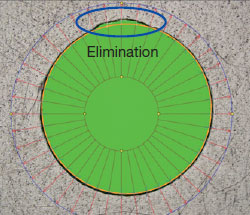 Abnormal Point Elimination
Abnormal Point Elimination
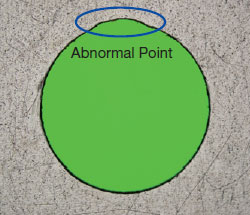 Sample With Abnormal Point
Sample With Abnormal Point
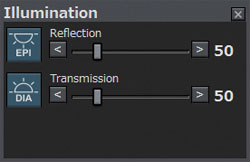
Through use of the coded revolving nosepiece, previously set calibration values are automatically recalled when changing the objective. In this way, the user can always be confi dent that the proper scale is on display.
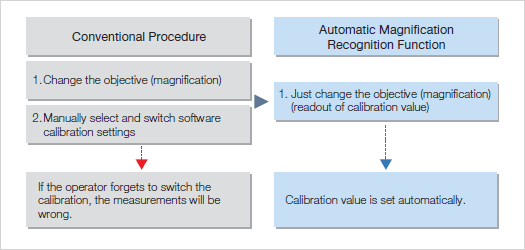
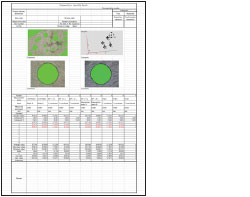
Report sample
One-Click Report Generation
Measurement results can be output in Excel format with a single click, eliminating mistakes made during transcription. Images can also be pasted in along with the measurement results, enabling more effi cient report generation.
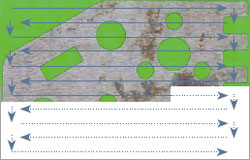
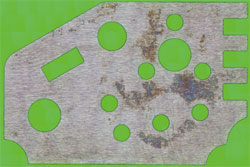
Multiple Image Alignment (MIA) optional
Tile multiple images to capture a single high-magnifi cation, wide-area image. Because the images are tiled on the basis of coordinate data, the system is capable of producing highly reliable images.
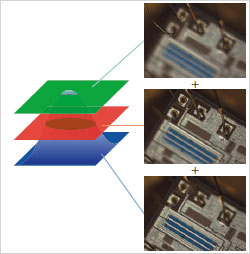
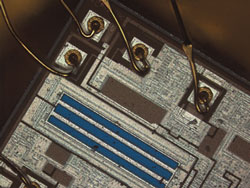
The EFI function is eff ective for obtaining images that are well-focused throughout on samples with an uneven, complex surface shape. Generate a single image with focal points aligned in all positions.
Simply process multiple images with diff erent focal point positions while moving the Z-axis, or use the motorized model for automated image composition.
If you have question you can reach us. Just fill up the form below.